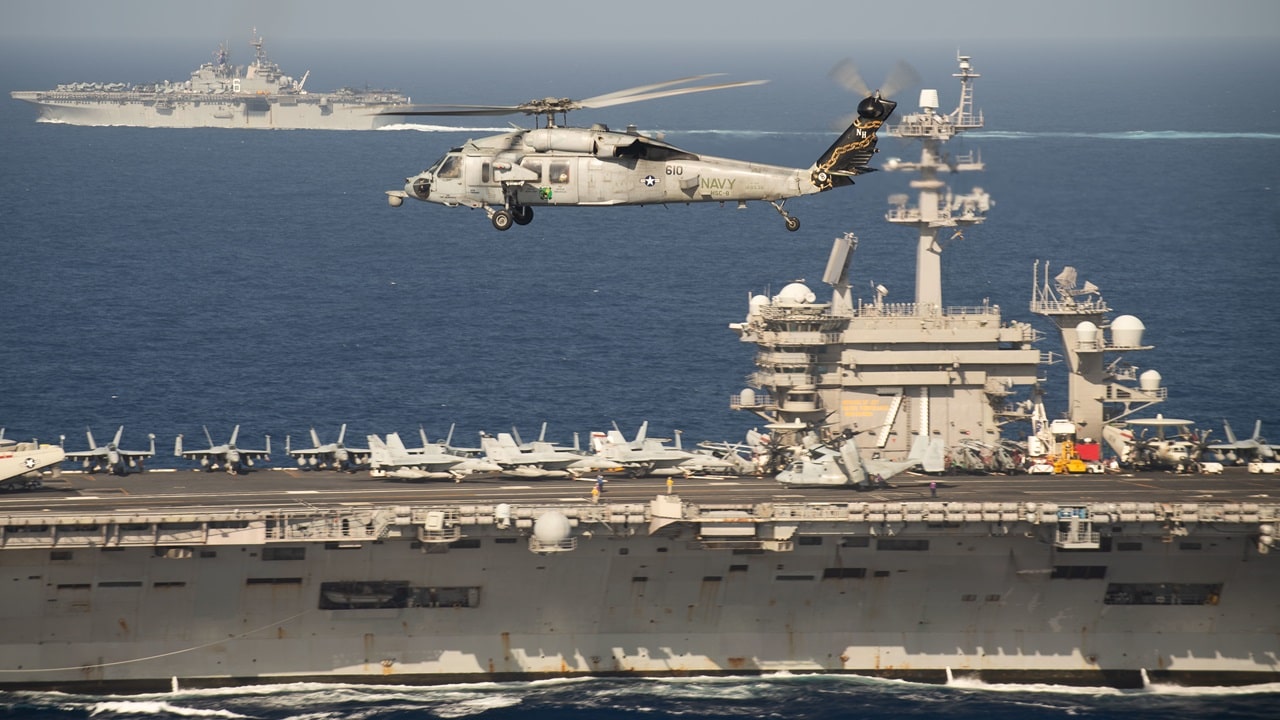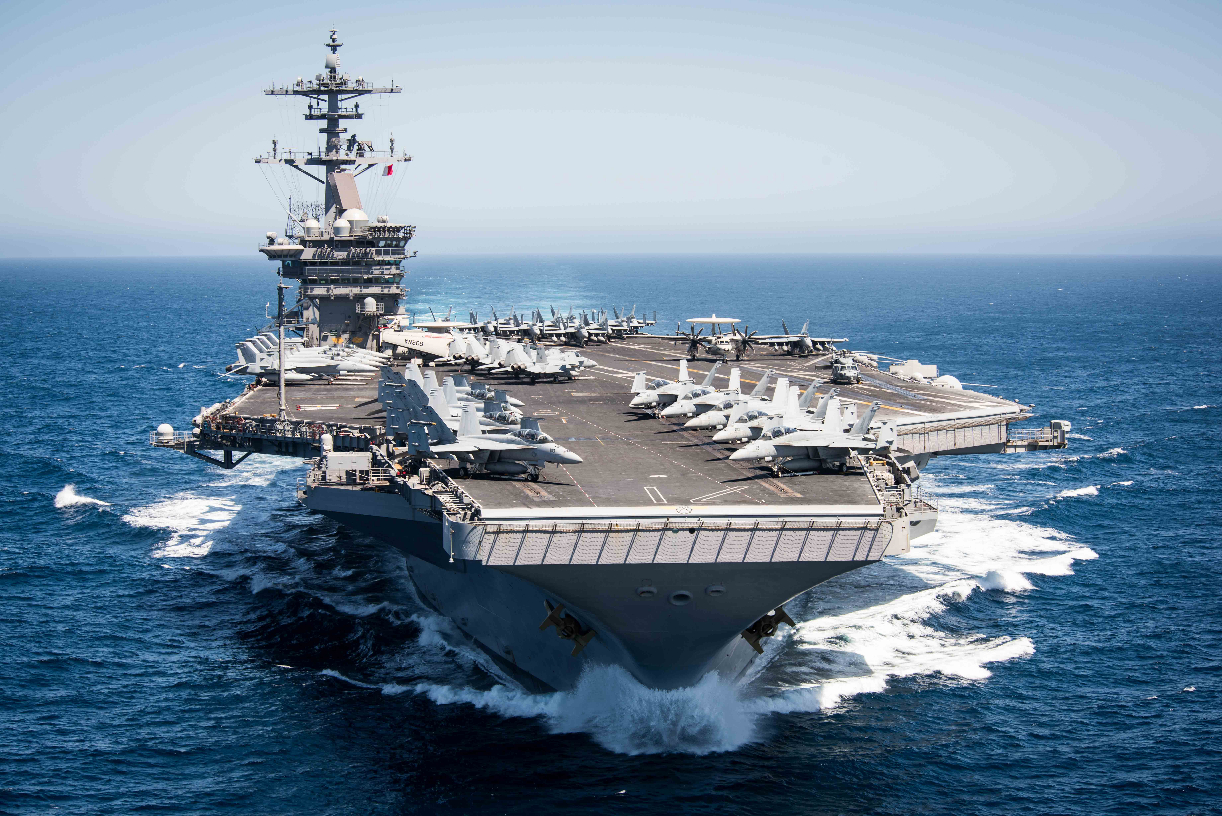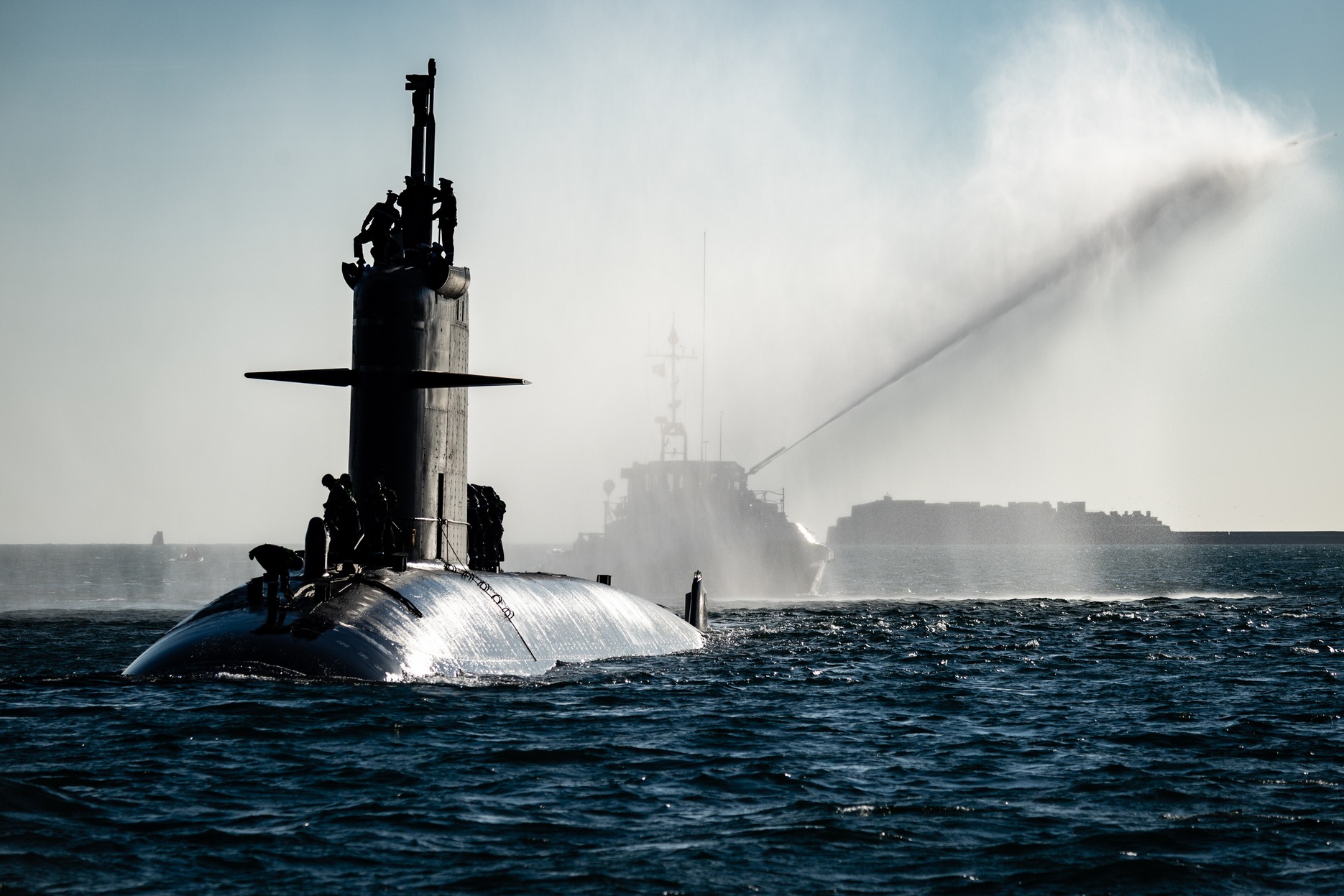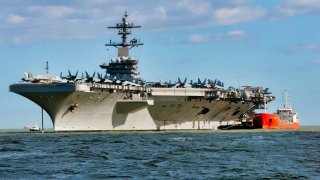Rubis-Class: The 'Old' French Submarine That 'Sank' A Navy Aircraft Carrier
In 2015, the French Navy’s Rubis-class submarine, Saphir, exposed vulnerabilities in U.S. aircraft carriers during a war game. The Saphir successfully penetrated the defenses of Carrier Strike Group 12, which included the USS Theodore Roosevelt, a Nimitz-class supercarrier, and four escort ships.
Summary and Key Points: In 2015, the French Navy’s Rubis-class submarine, Saphir, exposed vulnerabilities in U.S. aircraft carriers during a war game. The Saphir successfully penetrated the defenses of Carrier Strike Group 12, which included the USS Theodore Roosevelt, a Nimitz-class supercarrier, and four escort ships.

-Despite Theodore Roosevelt's advanced capabilities and immense cost, the Saphir simulated a successful attack, demonstrating that even high-tech, expensive warships can be vulnerable to smaller, less costly submarines. This incident highlighted the potential weaknesses in carrier defense and underscored the importance of addressing these vulnerabilities in modern naval strategy.
French Submarine Sinks U.S. Aircraft Carrier in War Game: What It Means
Sometimes, the defensive capability of military hardware is not proportionate to the cost, or the overall value, of the hardware.
Big, or complex, or expensive high-tech systems can sometimes be vulnerable to simple low-tech foils.
Take the F-22 Raptor for example. The F-22 was the world’s first ever operational fifth-generation jet and remains perhaps the world’s preeminent air superiority fighter.
But the F-22 is vulnerable to small arms fire. Meaning a farmer’s rifle could potentially take down a multi-hundred-million-dollar F-22 (ala Flight of the Intruder) - if it got close enough, that is.
And in the Ukraine, resistance fighters are demonstrating the value of low-tech drones, which have devastated Russian tanks and troops, with remotely delivered kamikaze ordnances.
Similarly, as a French wargame demonstrated, the mighty supercarrier may be vulnerable to “lesser” tech, specifically, the Rubis-class submarine, which “sank” an American carrier during a war game in 2015.
Aircraft Carrier Vulnerabilities
A submarine is not the equivalent of a farmer’s rifle.
Rather, a submarine is a relatively sophisticated, and expensive, piece of modern military hardware.
But a Rubis-class submarine is inexpensive relative to a modern supercarrier. Modern supercarriers are essentially floating cities, costing more than the entire GDP of some nations; the new Ford-class carrier costs $13 billion per unit.
So, the idea that the carrier is vulnerable to anything is somewhat unsettling to the taxpayers who funded such a ship, and the war planners who invested so much.
The vulnerability of modern supercarriers was demonstrated in 2015, when the French Navy participated in a war game with America’s Carrier Strike Group 12. CSG-12 consisted of several Ticonderoga-class cruisers, Arleigh Burke-class destroyers, one Los Angeles-class submarine, and the nuclear-powered, Nimitz-class carrier, the USS Theodore Roosevelt.
The Theodore Roosevelt was commissioned in 1986 and is still relevant today as one of the world’s biggest and most recognizable supercarriers. Measuring 1,092 feet long, the Theodore Roosevelt displaces 104,600 tons, and relies upon two Westinghouse A4W nuclear reactors, four steam turbines, and four shafts, to operate massive propeller blades. In all, the propulsion system is capable or pushing the Theodore Roosevelt to speeds in excess of 30-knots. And, with a nuclear power system, the Theodore Roosevelt can operate indefinitely, for up to 20-25 years at a time.
The Theodore Roosevelt is an impressive ship, a feat of military engineering – so it was a surprise when she proved vulnerable to an inferior French submarine.
The war game
The war game in question took place off the coast of Florida, consisting of two distinct phases.
In the first phase, the Saphir, France’s Rubis-class submarine, was embedded with the US Navy and tasked with locating an enemy submarine. In the second phase, the Saphir was teamed with US Navy aircraft and tasked with seeking, and destroying, the Theodore Roosevelt.
To the dismay of the Americans, the Saphir was able to glide past CSG-12 vessels undetected and land a fatal blow against the Theodore Roosevelt and four of her escort ships.
The Saphir’s victory was a humiliating defeat for the US Navy, calling attention to the vulnerabilities of an ultra-expensive weapons system with 5,000 American lives aboard.
Apparently, the US responded with an information crackdown, scrubbing mention of the Saphir’s victory from the internet. Then, the Navy set about to determine what had gone wrong.
The Rubis-class submarine from France
The Rubis-class submarine was about 30 years old when the Saphir engaged with CSG-12. The Rubis is small relative to most NATO submarines and is lightly armed (carrying just 14 torpedoes and missiles). Frankly, the Rubis seemed an unlikely candidate to take down a Nimitz-class aircraft carrier.

The Rubis is a 73.6-meter-long vessel with a 7.6-meter beam and a 6.4-meter draught. Displacing 2,400 tons, the Rubis relies upon a pressurized water CAS-48 nuclear reactor, one electric motor, and one shaft auxiliary diesel generator to propel itself. The Rubis can hit speeds of 25 knots and can operate at depths up to 980 feet deep. The Rubis has unlimited distance, and like the Roosevelt, can operate for 20-25 years at a time – but typically, the endurance of the Rubis is dependent upon the endurance of the crew, which is rated to be around 45 days.
The Rubis is becoming outdated and will be phased out in the near future in favor of France’s new Barracuda-class stealth submarines.
Yet, despite being on the verge of retirement, the simple fact is that the Saphir did sidestep CSG-12’s defenses and fell the Theodore Roosevelt, in simulation voiding several billion dollars’ worth of US investment.

About the Author
Harrison Kass is a prolific defense and national security writer with over 1,000 published articles. An attorney, pilot, guitarist, and minor pro hockey player, Harrison joined the US Air Force as a Pilot Trainee but was medically discharged. Harrison holds a BA from Lake Forest College, a JD from the University of Oregon, and an MA from New York University. Harrison listens to Dokken.
All images are Creative Commons and/or Shutterstock.


